Revealed: the average wage in the UK and around the world right now
Typical salaries across the globe
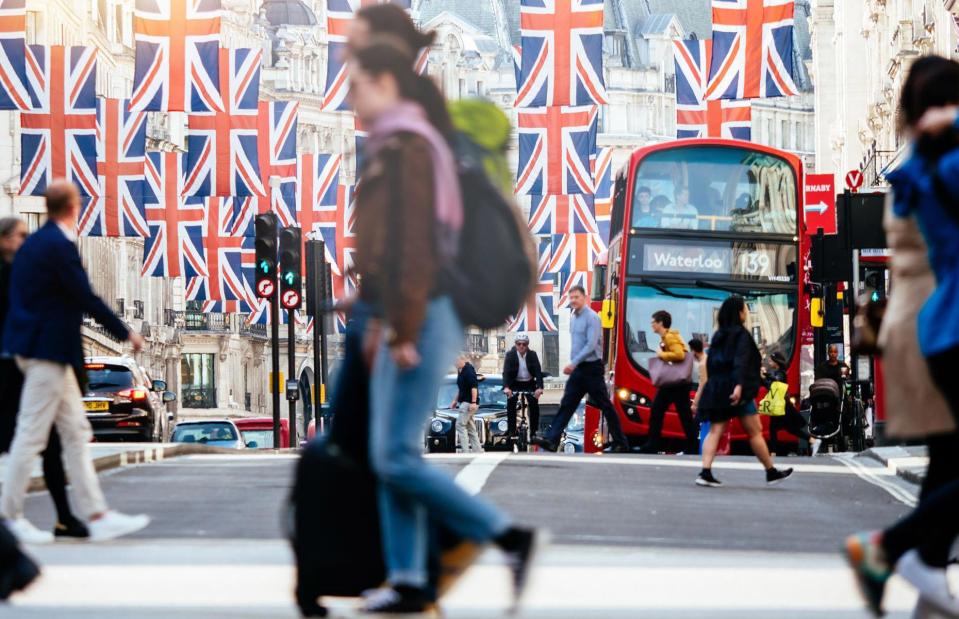
Hadrian/Shutterstock
Ever wondered if you earn more than people in other countries? In recent years, rampant inflation coupled with muted GDP growth has led to the 21st century's first decline in real wage growth on a global level, according to the International Labour Organization (ILO).
As salaries struggle to keep pace with ever-rising prices, read on to discover the average yearly salary (after tax) for workers in 40 major nations around the world, with figures based on data collated by Numbeo, the world's largest cost of living database.
All dollar amounts in US dollars.
Indonesia's average annual salary after tax: $3,783 (£2,976)

BK Awangga/Shutterstock
In a bid to improve living standards and reduce poverty, the Indonesian government increased regional minimum wages by 10% last year. However, the figures are still extremely low by international standards, as is the country's average annual salary of just $3,783 (£2,976).
This is due to a number of factors, ranging from Indonesia's relatively affordable cost of living and large unskilled employment pool to its huge informal labour market and low levels of union membership.
Colombia's average annual salary after tax: $4,605 (£3,623)
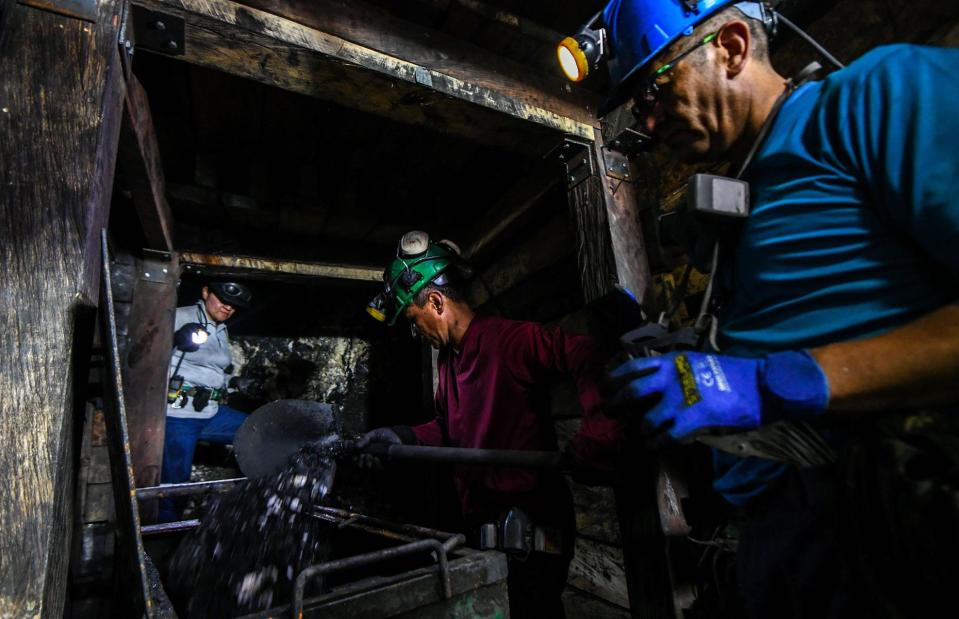
Luis Acosta/AFP/Getty Images
Income inequality is rife in Latin American countries. In Colombia, the richest 10% own almost three-quarters of the nation's wealth, while the majority of people, especially the rural population, earn comparatively little. Indeed, over 60% of the workforce is engaged in the informal low-wage economy.
A key factor holding back Colombian wage growth is its historic tendency to violently suppress trade union activity, with the country's union membership levels among the lowest in the world.
Kenya's average annual salary after tax: $4,703 (£3,700)

Jen Watson/Shutterstock
As is the case in many countries, an inflation-driven cost of living crisis is gripping Kenya tightly. While the government has introduced minimum wage hikes, typical pay remains low, particularly in the agricultural sector.
The dire situation sparked widespread protests last year, with The Guardian reporting in July that at least six people had been killed and more than 300 arrested in the riots.
Vietnam's average annual salary after tax: $5,203 (£4,092)

Photicon/Alamy Stock Photo
Last year, the Vietnamese government announced it would be hiking the nation's minimum wage by 6% in 2024. The increase, which was proposed by the Ministry of Labor, War Invalids and Social Affairs, will come into effect on 1 July this year, meaning Vietnam's lowest-paid employees will receive VND 3.45 million a month – the equivalent of $135.30 (£106).
This works out to an annual salary of $1,623 (£1,276), though the country's average annual salary is over three times this figure, at $5,203 (£4,092).
Argentina's average annual salary after tax: $5,239 (£4,122)
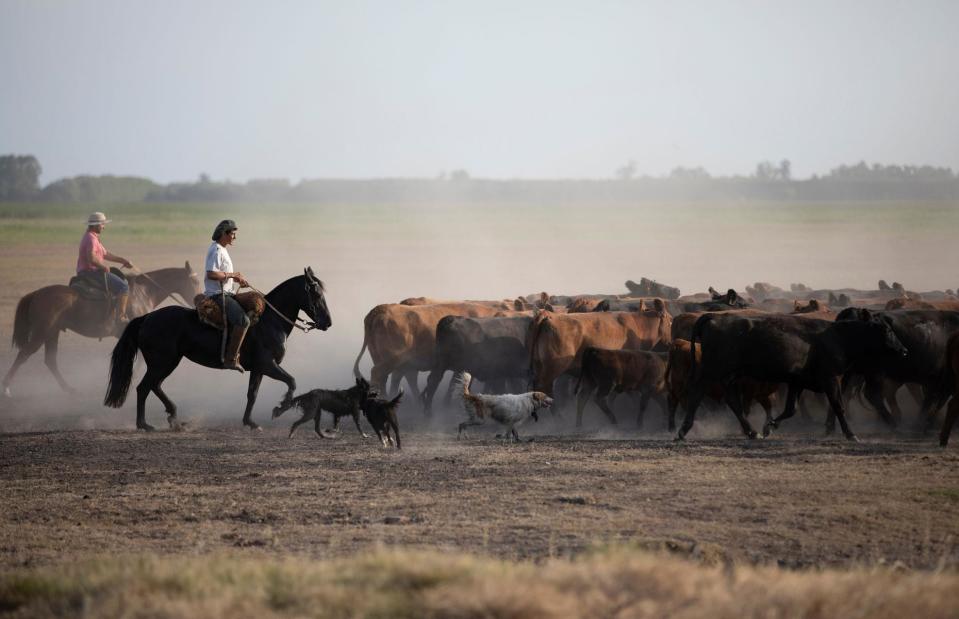
Maria Elisa Rol/Shutterstock
Argentina has had the world's highest inflation rate, with the figure hitting an astronomical 254% in January. Though the monthly inflation rate fell to single digits in April for the first time in half a year, almost 40% of the population has been pushed into poverty due to skyrocketing costs.
The authorities responded by raising the minimum wage on a number of occasions in 2023, but the increases remain far short of what's needed to keep pace with the price rises that have been plaguing the nation.
Brazil's average annual salary after tax: $5,282 (£4,154)

Yasuyoshi Chiba/AFP/Getty Images
The wide gap between the rich and poor in Brazil has long existed, and the country's average salary hides the income inequality that pervades South America's largest nation. However, the tide does appear to be turning following 2022's election of President Luiz Inácio Lula da Silva, who's striving to boost workers' disposable incomes to stimulate growth.
A new law guaranteeing equal pay for men and women has also been enacted, while the left-wing leader has promised to bump up the minimum wage in line with inflation and exempt low-wage earners from paying income tax.
Thailand's average annual salary after tax: $6,262 (£4,924)
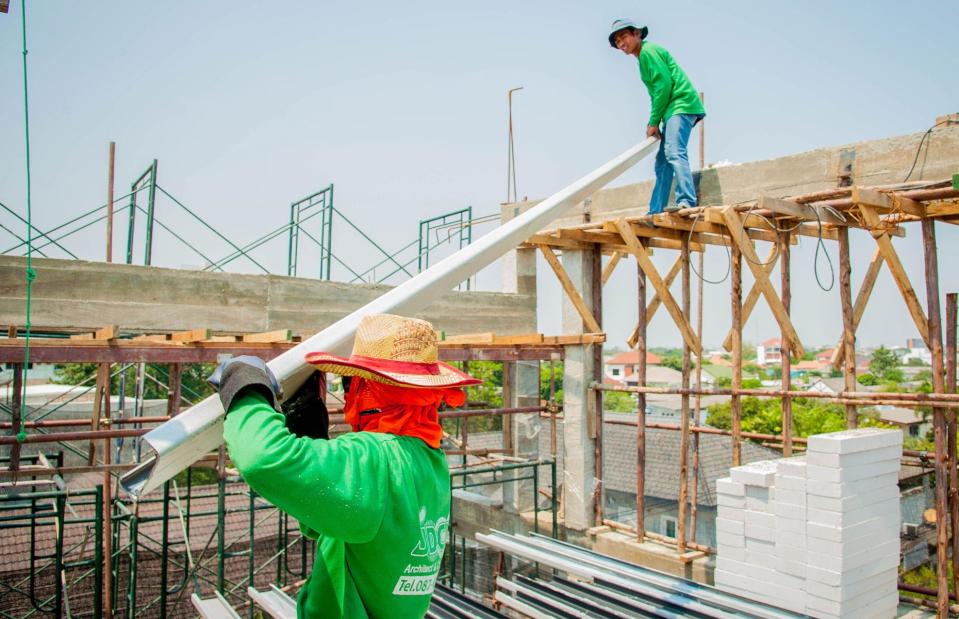
Kasama Watanapran/Shutterstock
Income inequality is stark in Thailand, with Credit Suisse declaring in 2018 that it was the most economically unequal country in the world. Though the gap between rich and poor has narrowed since then, it still remains vast.
Lawmakers are reluctant to increase the minimum wage for fear of encouraging foreign direct investment, while low union membership rates also contribute to the country's relatively paltry pay.
Russia's average annual salary after tax: $6,881 (£5,414)
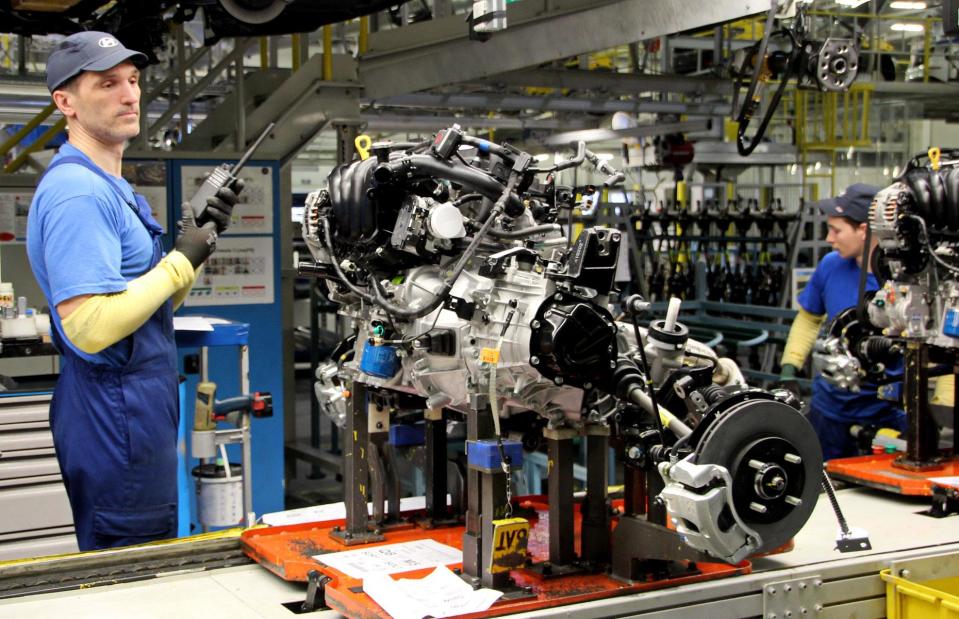
Alexander Chizhenok/Shutterstock
Russia is another infamously unequal country where much of the wealth is concentrated in the hands of the few – oligarchs and the political elite – while ordinary citizens endure high levels of grinding poverty.
Although wages have risen across a number of industries since President Putin invaded Ukraine in 2022, with a so-called "brain drain" of bright young talent tightening up the employment market, many Russians are becoming worse off due to Western sanctions, with experts predicting a steep decline in the country's middle class.
India's average annual salary after tax: $7,578 (£5,962)
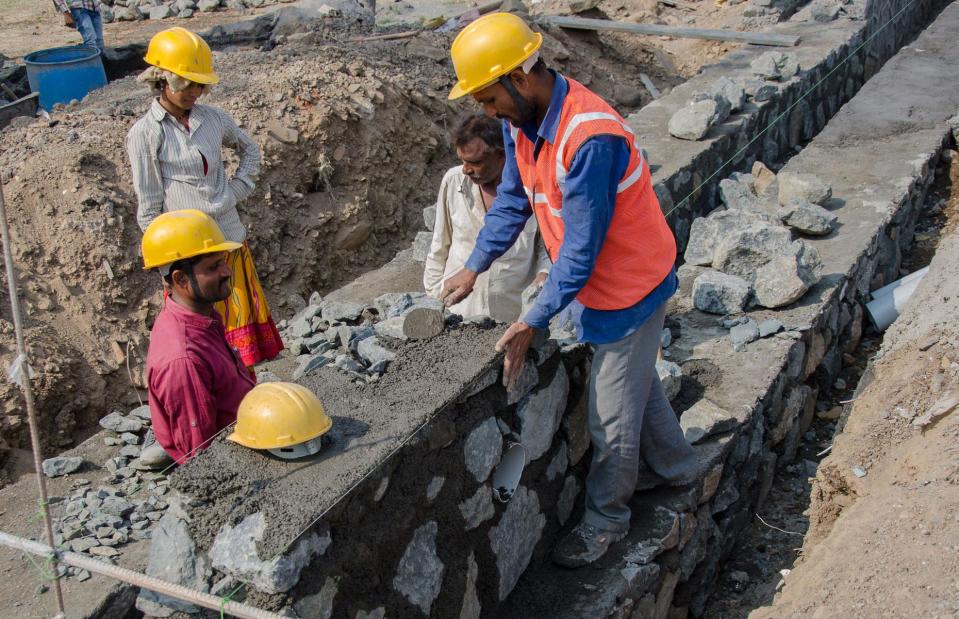
GSK919/Shutterstock
The gulf between the haves and have-nots in India has widened since the pandemic. According to Oxfam, the number of impoverished Indians increased from 190 million in 2018 to 350 million in 2022, while 40% of the nation's wealth went to just 1% of the population between 2012 and 2021.
To make matters worse, inflation hit 5.69% in December 2023. Although it had eased to 4.8% by April, the spike means wages are having to stretch even further.
Türkiye's average annual salary after tax: $8,142 (£6,405)

davide bonaldo/Shutterstock
Having been exacerbated by President Erdoğan's unorthodox economic policies, Türkiye's inflation rate is falling as the leader changes course – although at almost 70%, the situation is still dire. The Turkish government introduced sharp increases to both the minimum wage and public sector pay last year.
Despite that, the average salary remains low by global standards, with millions of Turks forced to tighten their belts to get by.
Mexico's average annual salary after tax: $9,389 (£7,387)

Ragne Kabanova/Shutterstock
The Mexican government has been busy hiking minimum wages as inflation erodes incomes in the country. Despite that, the nation provides generally appalling wages for its workers and remains one of the most economically unequal in the world. For example, factory employees earn three times less than their counterparts in China.
While this may benefit US firms looking to nearshore, it makes life miserable for much of the population. Given that Mexican workers can earn six times more in the US than at home, it's little wonder many want to cross the northern border.
Malaysia's average annual salary after tax: $10,475 (£8,242)
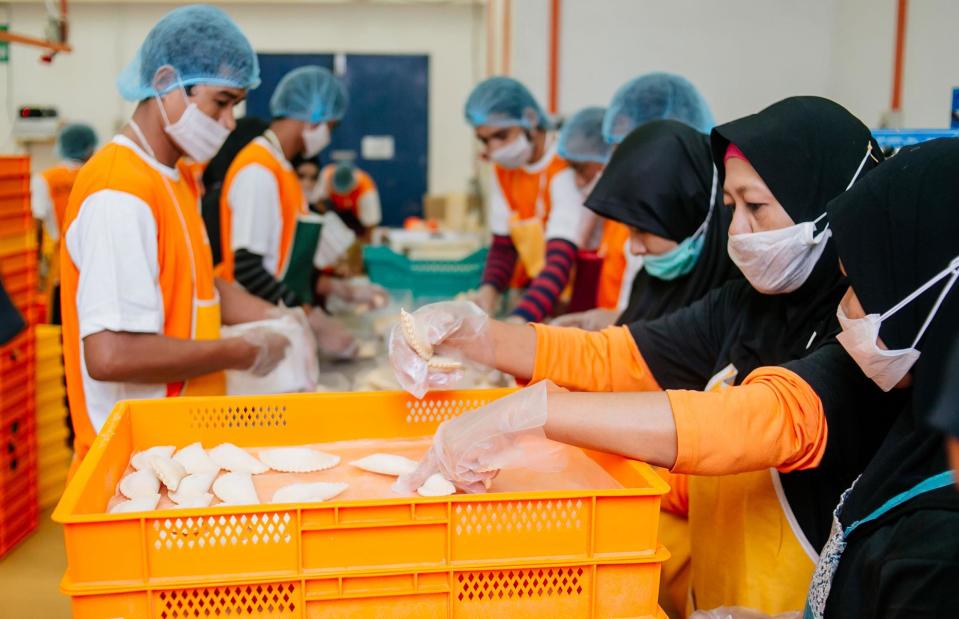
Trisnoandcompany/Shutterstock
While inflation is easing in Malaysia, wages are still playing catch-up. The number of people that fall into the country's middle class M40 bracket has been declining, while pockets of hardcore poverty stubbornly persist. Conversely, Malaysia's rich have been getting richer.
The government is taking action, with plans to introduce a progressive wage model that could make annual salary hikes compulsory.
China's average annual salary after tax: $11,502 (£9,050)
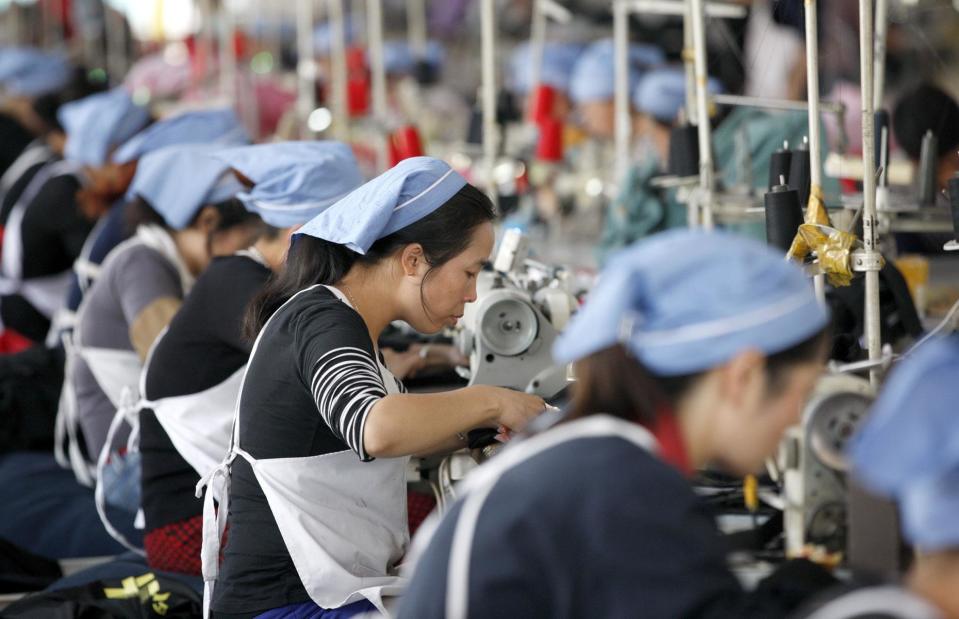
Frame China/Shutterstock
Gone are the days when China was a low-cost labour country, with the likes of India, Vietnam, and Mexico now taking its place instead. This has been one factor behind moves by Western companies to relocate their manufacturing supply chains elsewhere.
That said, with GDP growth slowing, average salaries in the People's Republic are rising at their weakest pace in over a decade, according to a recent report from Caixin Global. New graduates are facing particularly sluggish wage growth, while the gap between private and public sector pay is growing, having widened to a record 89% in 2022.
Greece's average annual salary after tax: $11,898 (£9,362)

Ververidis Vasilis/Shutterstock
While Romania and Bulgaria may have some of the lowest average wages in the EU, Greece's typical annual pay, at just $11,898 (£9,362) after tax, isn't much higher. Prime Minister Kyriakos Mitsotakis raised the monthly minimum wage last April but has admitted that pay in the country, which has been locked in a severe debt crisis for over a decade, is still lower than it should be.
South Africa's average annual salary after tax: $15,573 (£12,253)

David Buzzard/Shutterstock
A legacy of the racist Apartheid policy that ended in the 1990s, South Africa is officially the most economically unequal country in the world today. More than 80% of the nation's wealth is owned by just 10% of the population, with 63% of people living below the upper-middle income poverty line.
The average white South African earns three times more than the average Black South African, while the gender pay gap is huge, with female South Africans typically earning 30% less than men.
Poland's average annual salary after tax: $17,149 (£13,492)
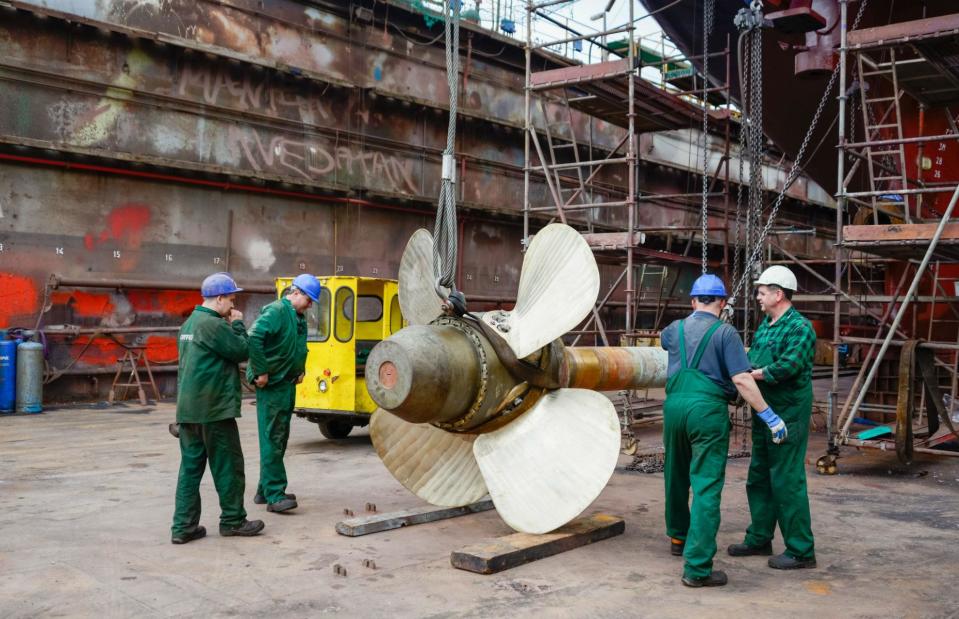
Alexey Seafarer/Shutterstock
It's official: Poland is no longer a low-wage country. Salaries in the Eastern European nation have grown significantly in recent years, most notably between 2015 and 2019.
While real wage growth stalled in 2022 due to inflation, it's on the rise again, with impressive increases expected to continue until 2025.
Italy's average annual salary after tax: $20,502 (£16,31)
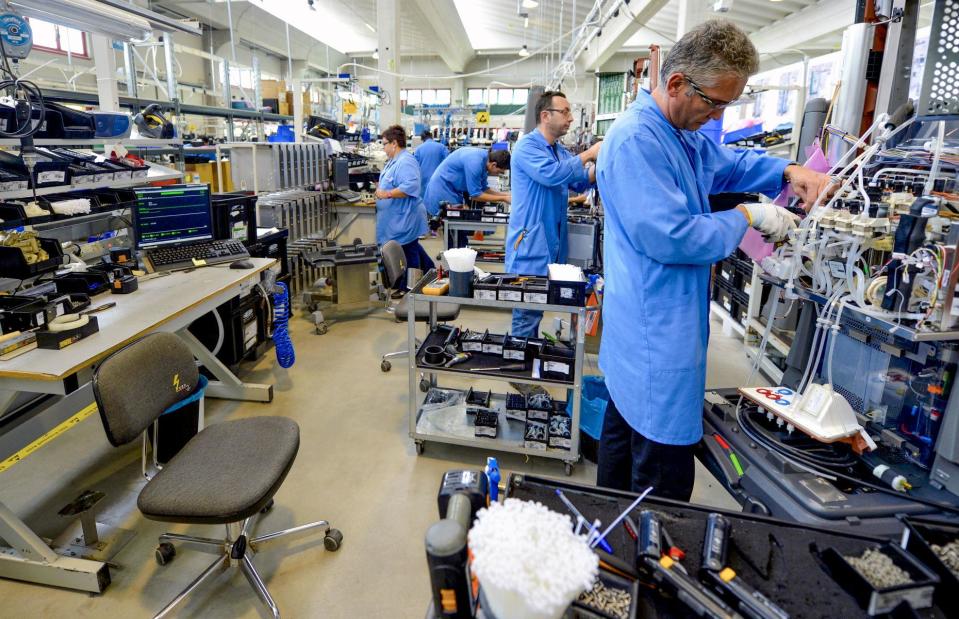
Paolo Bona/Shutterstock
In contrast to Poland, real wage growth has stagnated in Italy. According to the OECD, average full-time real wages barely grew between 1990 and 2021. This dire performance prompted then Bank of Italy Governor Ignazio Visco to advocate for the introduction of a minimum wage.
A key factor that keeps pay low in the country is the abundance of temporary work contracts. As many as one in five younger members of the workforce are still on short-term contracts, despite having been in their jobs for five years or more.
Spain's average annual salary after tax: $22,467 (£17,677)

Christian Bertrand/Shutterstock
Like other countries across southern Europe, Spain has been grappling with low real wage growth for years. The situation came to a head in 2022 as galloping inflation severely eroded real pay.
A recent report from the OECD revealed that purchasing power in the nation fell by a taxing 5.3% in 2022, the last year for which data is available.
Japan's average annual salary after tax: $24,608 (£19,361)
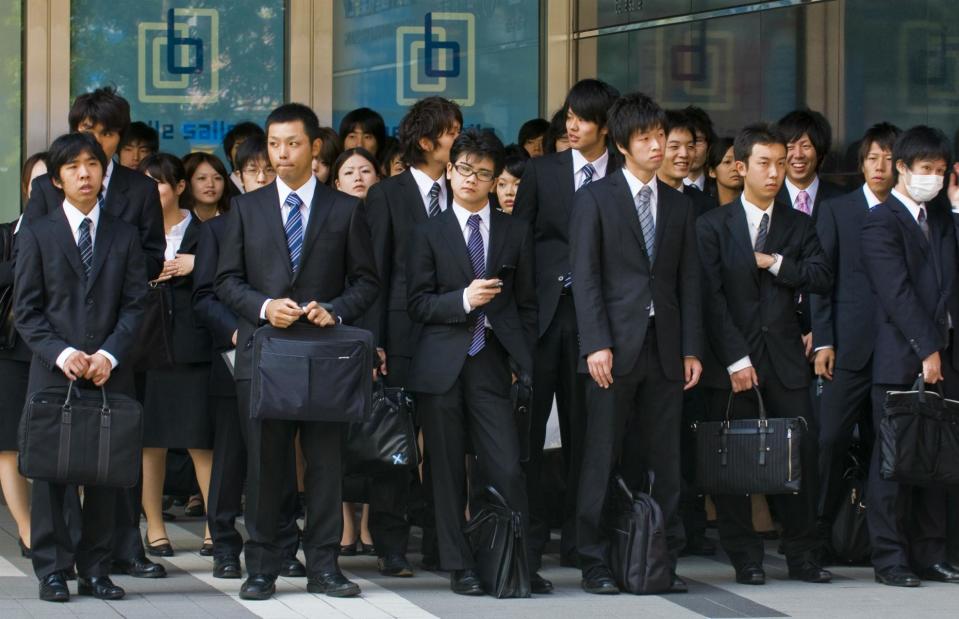
Kobby Dagan/Shutterstock
Real wage growth in Japan has more or less stalled since the so-called "Lost Decade" of the 1990s, with persistently low GDP growth affecting the country's economy. Back in 1990, average pay in Japan was similar to that of Germany and Australia, but it's lagged behind over the past 30-plus years.
While Japanese firms recently offered their employees the biggest pay hikes seen in three decades, real earnings actually fell 2.5% year-on-year in March, with inflation eating away at workers' purchasing power.
Saudi Arabia's average annual salary after tax: $26,192 (£20,607)

oneinchpunch/Shutterstock
Saudi Arabia's employment market is booming as the nation implements Vision 2030, the government's grand plan to diversify the country's economy and reduce its reliance on oil. Wages are on the rise, with the highest-paid jobs found in the construction and property sectors.
However, income inequality is still pronounced, and the country's gender pay gap is one of the largest in the world.
South Korea's average annual salary after tax: $28,820 (£22,675)

Sorbis/Shutterstock
Average pay in South Korea surpassed that of Japan in 2015, and its minimum wage is set to eclipse Tokyo's this year, reflecting the differing economic fortunes of the Asian countries. While South Korea's economy is more buoyant, its female citizens are typically paid much less than their male counterparts.
In fact, the country's gender pay gap is the worst of all the OECD nations.
France's average annual salary after tax: $30,067 (£23,656)

Lekomtceva Evgeniia/Shutterstock
According to the OECD, France saw a 1.8% decline in real wages between the first quarters of 2022 and 2023. Fortunately, inflation fell to 2.2% in April this year, while real pay in the country is on the rise again.
The nation's central bank is projecting smaller nominal wage increases for this year and has noted that it expects real wages to remain "fairly dynamic thanks to the moderation in headline inflation".
Austria's average annual salary after tax: $30,993 (£24,385)

Andrew Babble/Shutterstock
While a minimum wage is not enshrined in Austrian law, workers are still protected. In recent years, collective bargaining agreements between employers and employees have effectively set a base rate of $1,583 (£1,303) a month.
However, Austria is not immune to inflation, and its rate hit 5.6% in December last year before dropping to 3.4% this April.
Sweden's average annual salary after tax: $33,474 (£26,337)

nrqemi/Shutterstock
Real wages in Sweden took a much bigger hit than those in France between Q1 of 2022 and Q1 of 2023, dropping by a hefty 8.4%. The culprit? Rampant inflation, of course – though the situation has seen some improvement, with inflation down to 2.4% as of April.
Interestingly, economics professor Ola Olsson told CNBC last April that Swedish workers have effectively resigned themselves to the fall in real wages to avoid the "wage-price spiral" that affected the country in the 1970s.
Finland's average annual salary after tax: $33,641 (£26,468)

Popova Valeriya/Shutterstock
Statistics Finland reported that 2022's inflation spike resulted in the most significant weakening of real earnings in more than 60 years. Although salaries are still failing to keep pace with inflation, the decline in real wages has slowed.
Like its Nordic neighbours, Finland has very high levels of union membership but recent collective bargaining wage deals are yet to show in the stats. This could make all the difference to the real wage growth figures in the coming months.
Canada's average annual salary after tax: $34,287 (£26,976)

Maridav/Shutterstock
Mirroring the situation faced by many other countries, Canada's workforce endured a 3.4% decline in real pay in 2022 due to high inflation. While inflation dropped to 3.1% by the end of last year, down from highs of almost 8%, economists say it's still unclear if and when Canadians will regain the purchasing power they've lost even as inflation continues to fall.
Germany's average annual salary after tax: $36,119 (£28,418)

industryviews/Shutterstock
Real wages fell by 4.1% in Germany in 2022, according to figures from the Federal Statistical Office. While this number rose by 5.6% in nominal terms last year, stubbornly high inflation means real wages still fell – albeit by a much less gloomy 0.4%.
The gender pay gap is also narrowing, with Germany placed sixth globally for gender income equality. However, the disparity between the average earnings of workers in eastern and western Germany is still growing more than 30 years after reunification.
UK's average annual salary after tax: $36,508 (£28,724)
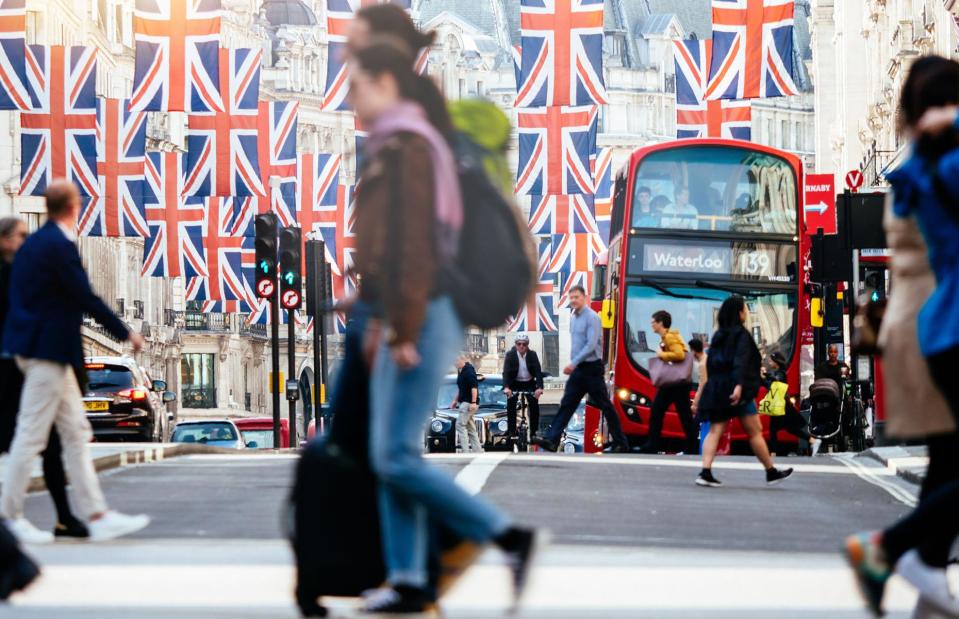
Hadrian/Shutterstock
While inflation has remained stubbornly high in the UK, it appears to be coming down, and real wages in the country actually increased last June after an 18-month pay squeeze. That's according to the Resolution Foundation, an independent think tank focussed on improving living standards for those on low to middle incomes.
However, recent analysis by the Trades Union Congress (TUC) found that real wages across the UK were still below 2008 levels. In fact, the UK is an outlier among other OECD countries, which have seen their real salaries rise by a collective average of 8.8% over the past 15 years.
Ireland's average annual salary after tax: $37,306 (£29,352)

Desmond Foley/Shutterstock
Ireland's real wage growth between 1990 and 2021 was nothing short of phenomenal, with salaries rising by an incredible 90%. Since 2021, however, real earnings have faltered due to high inflation, with typical real weekly pay in the country down by 4.2%.
The good news? Inflation sat at just 2.9% in April this year, and the Irish economy continues to outperform its Eurozone counterparts.
New Zealand's average annual salary after tax: $37,752 (£29,703)
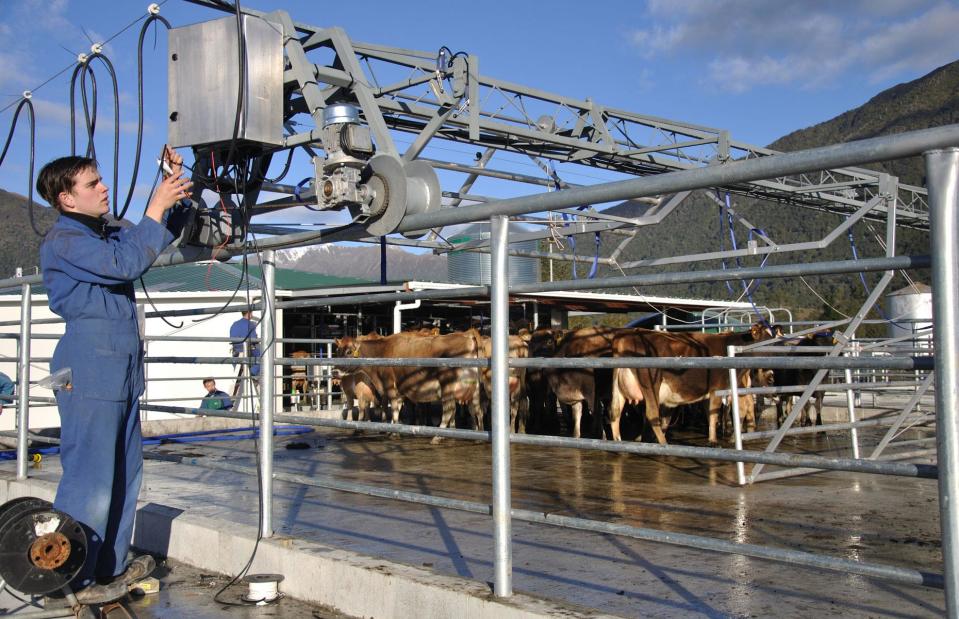
Lakeview Images/Shutterstock
While wages in New Zealand are struggling to keep pace with inflation, the average salary in the country reached a record high in the second quarter of last year according to data from Trade Me Jobs, the country's biggest employment portal. While year-on-year pay growth hit an all-time high in 2023, the country is currently in a technical recession, and that growth is likely to have peaked.
Norway's average annual salary after tax: $40,770 (£32,077)
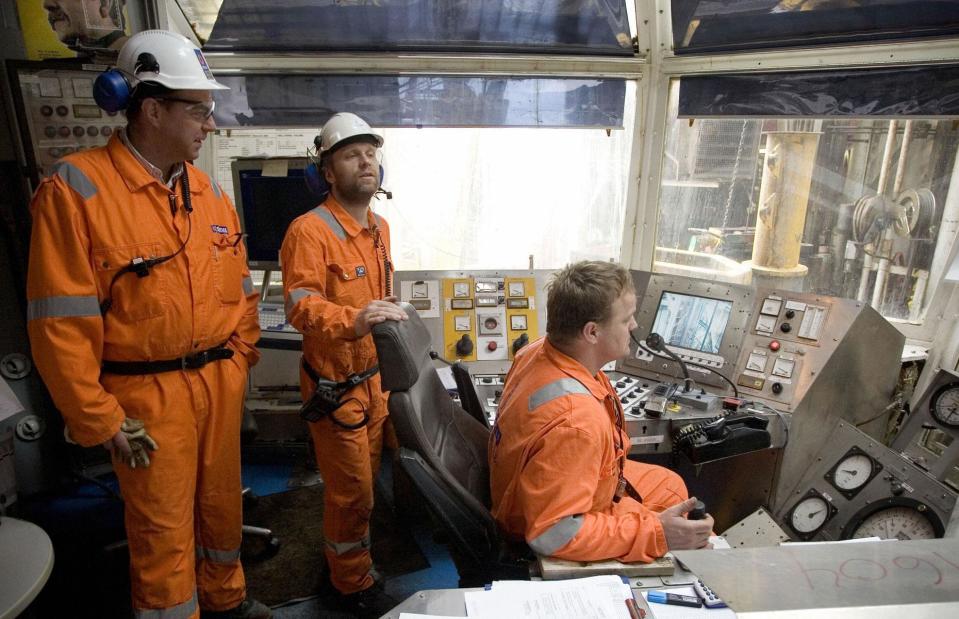
Daniel Sannum Lauten/AFP/Getty Images
Norway's average salary is one of the highest in the world, yet the country's real pay has actually stagnated since 2015, according to Statistics Norway. The weak krone has made imports more expensive and is also driving inflation, though this dipped to 3.64% in April.
So what can Norwegians expect in 2024? According to economists surveyed by FriFagbevegelse, wages should increase by around 5% this year, while inflation should plateau at around 4%.
Netherlands' average annual salary after tax: $41,469 (£32,627)
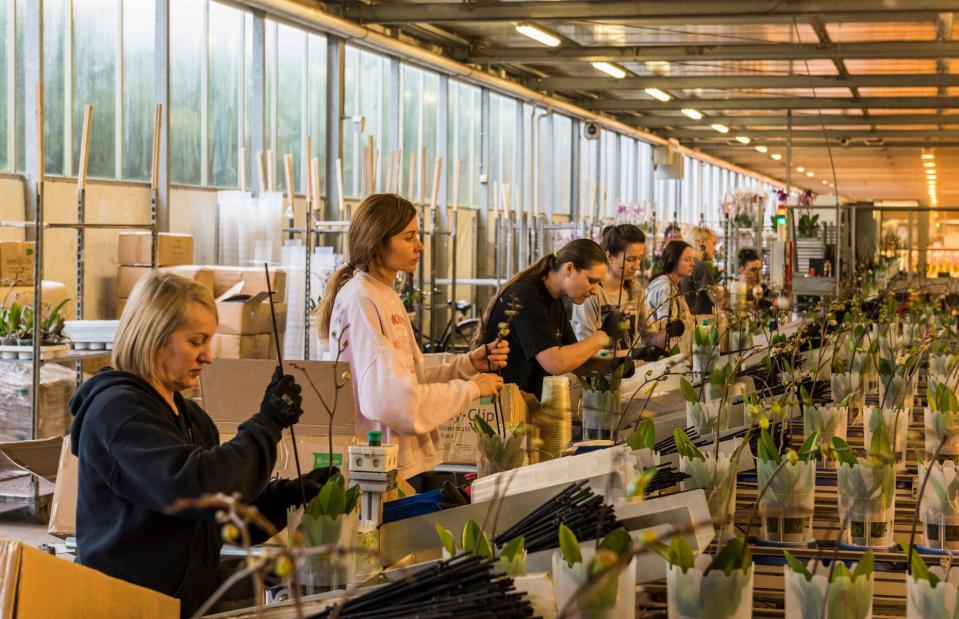
Daan Kloeg/Shutterstock
Bucking the global trend, real wages in the Netherlands increased by 0.4% between the first quarter of 2022 and the first quarter of 2023, according to OECD data. (Belgium was the only other European country to see an increase during this period).
As well as gaining above-inflation pay rises last year, the country's workforce is putting in more hours, resulting in increases in both real pay and disposable income that are expected to continue in 2024.
United Arab Emirate's average annual salary after tax: $41,561 (£32,699)
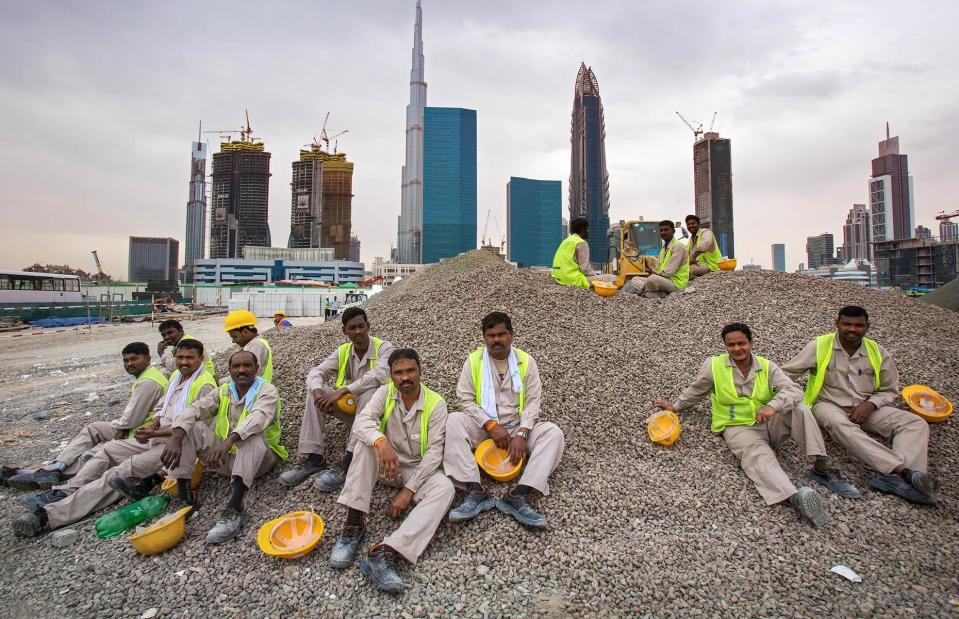
Rasto SK/Shutterstock
The United Arab Emirates (UAE) employs the majority of its workforce from overseas, but the high salaries enjoyed by this influx of skilled employees belies the situation for many workers in the country. Low-skilled workers, who often take on roles in construction or domestic settings, enjoy little or no protection and often face exploitation as employees are free to set employment conditions without regulation.
That said, the UAE has been considering implementing a minimum wage, along with regulations that would impose penalties on employees who fail to pay their workers on time.
Denmark's average annual salary after tax: $43,991 (£34,611)
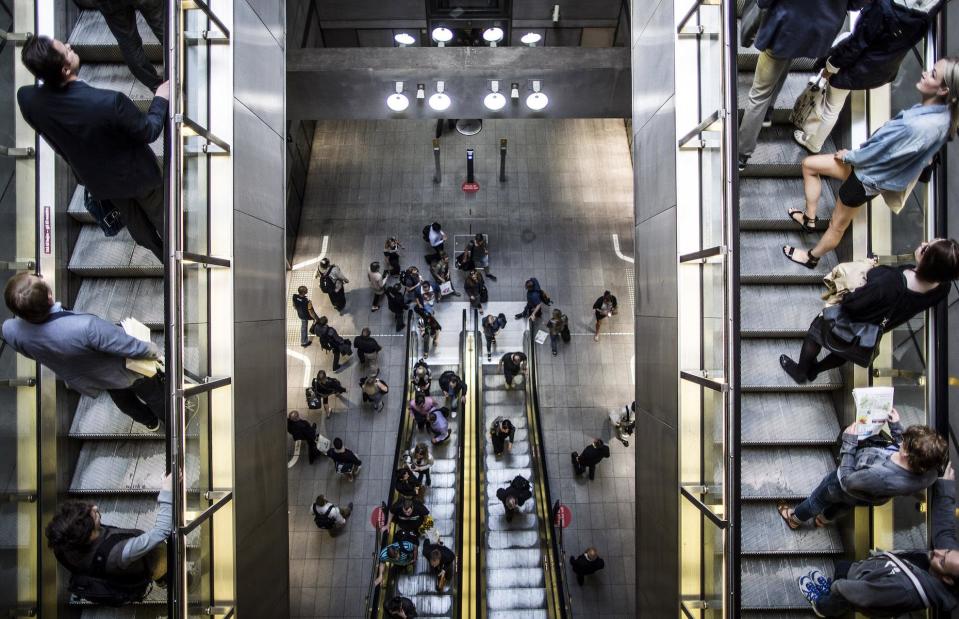
Dean Treml/Red Bull via Getty Images
Real wages in Denmark fell by 4.4% in 2022, according to the OECD. They rose again last year following a series of collective bargaining agreements between employers and trade unions in the spring.
Echoing the other Nordic nations on this list, labour union membership is exceedingly high in Denmark, giving workers more leverage when it comes to securing better pay.
Australia's average annual salary after tax: $44,861 (£35,296)
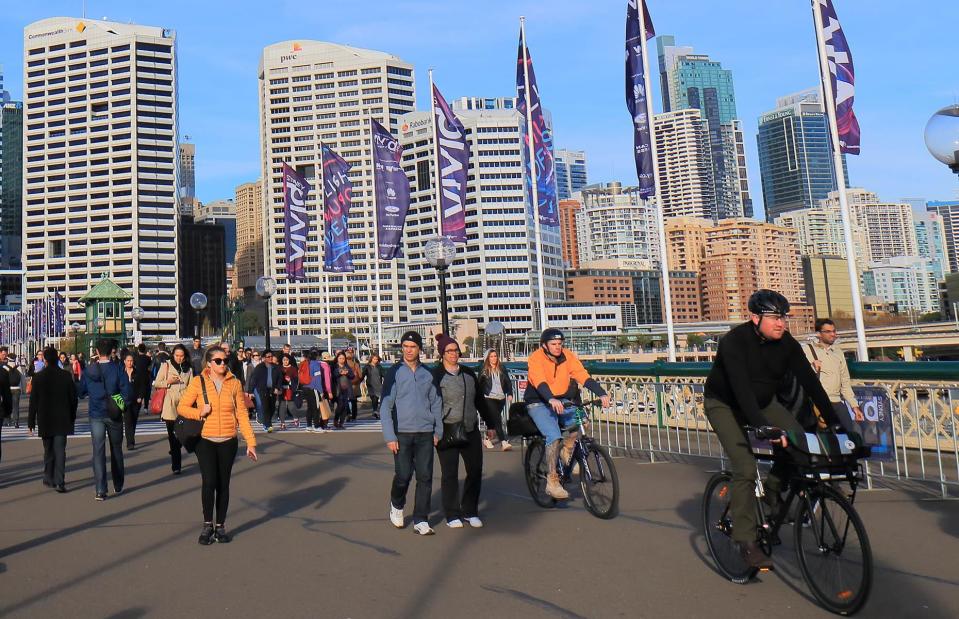
TK Kurikawa/Shutterstock
Australian workers saw their real wages slump by a record 4.5% in 2022, according to the Australian Bureau of Statistics, with the average nominal wage hike of 3.3% wiped out by inflation of 7.8% in Q4. But the situation has brightened somewhat. Although real wages continued to tumble last year, inflation dipped to a two-year low of 4.1% by the end of 2023 and has since fallen to 3.6%.
Meanwhile, Australia's lowest-paid workers received an above-inflation pay rise, with the minimum wage hiked by 8.6%.
Qatar's average annual salary after tax: $48,587 (£38,228)
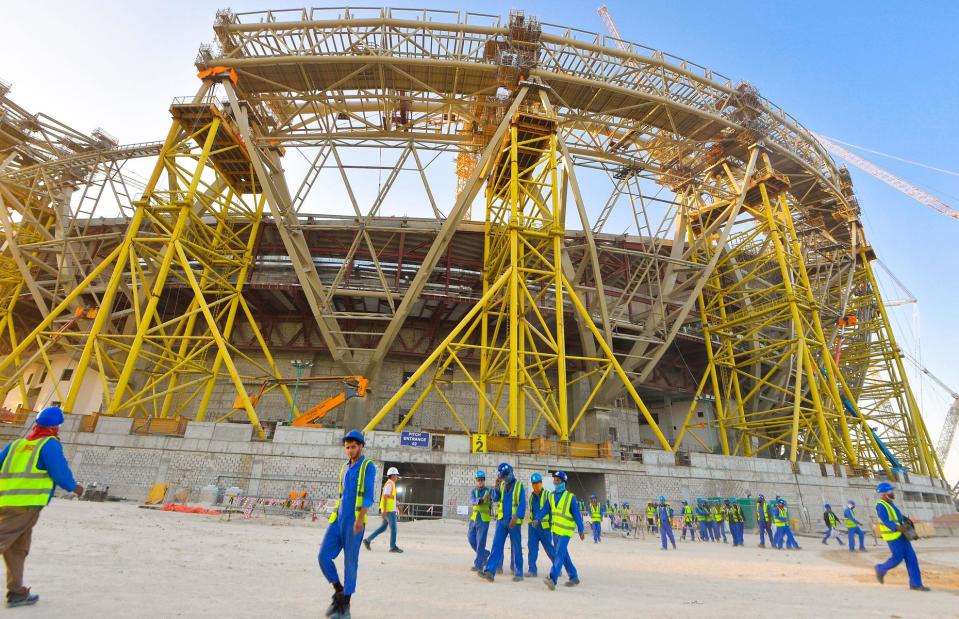
Noushad Thekkayil/Shutterstock
The average salary in Qatar is high and compares favourably with living costs, which, according to Numbeo, are cheaper than in the UK and Germany. However, wealth inequality is stark, and the nation's migrant workforce is scandalously low-paid.
Nevertheless, the Qatari government has introduced labour reforms that are improving the plight of these long-exploited workers. These include a minimum wage and additional rights, although there's still much room for improvement.
Singapore's average annual salary after tax: $52,654 (£41,427)
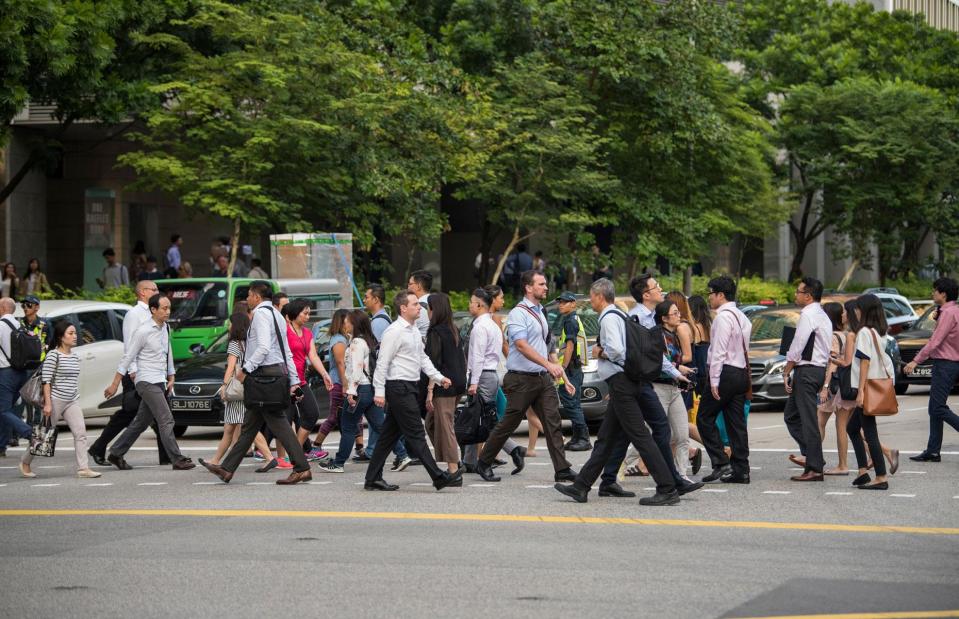
Shadow of light/Shutterstock
Living costs are sky-high in Singapore, which means the average wage doesn't go that far in the affluent city-state. Singaporean workers saw a modest rise in real overall wages in 2022, with pay increases outflanking inflation by 0.4%. However, real basic wages declined for the first time since 2012, falling by a percentage point, and earnings growth remained flat throughout 2023.
That said, brighter times could be on the horizon, with Singapore's economic growth expected to rally during the latter half of this year, according to The Business Times.
USA's average annual salary after tax: $54,455 (£42,844)
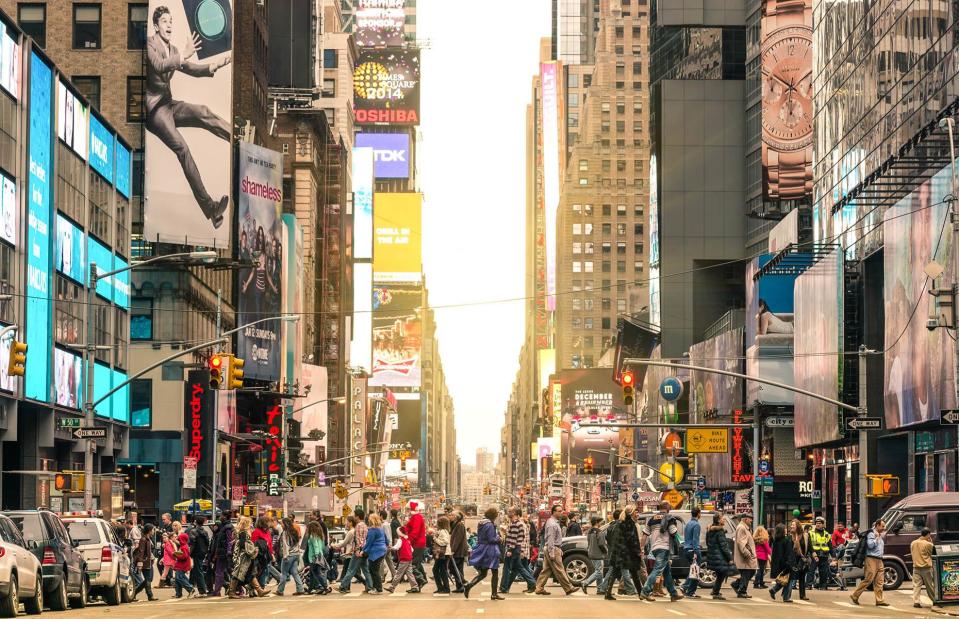
View Apart/Shutterstock
The gap between the rich and the poor is wide in the US, and the country's high average annual salary post-tax belies the enormous income disparities within the workforce. However, since the pandemic, income inequality in America has narrowed.
The country is also doing better than most when it comes to real earnings growth. Between December 2022 and December 2023, real average hourly wages increased by 0.8% as inflation softened.
Luxembourg's average annual salary after tax: $65,206 (£51,304)

Sabino Parente/Shutterstock
Luxembourg boasts the second-highest average salary in the world. The cost of living in this wealthy nation is exceptionally high, but workers here benefit from the country’s progressive policies, including the 2020 decision to make all public transport free.
A recent poll also found that almost two-thirds of respondents were happy with the cost of living measures introduced by their government.
Switzerland's average annual salary after tax: $79,743 (£62,740)
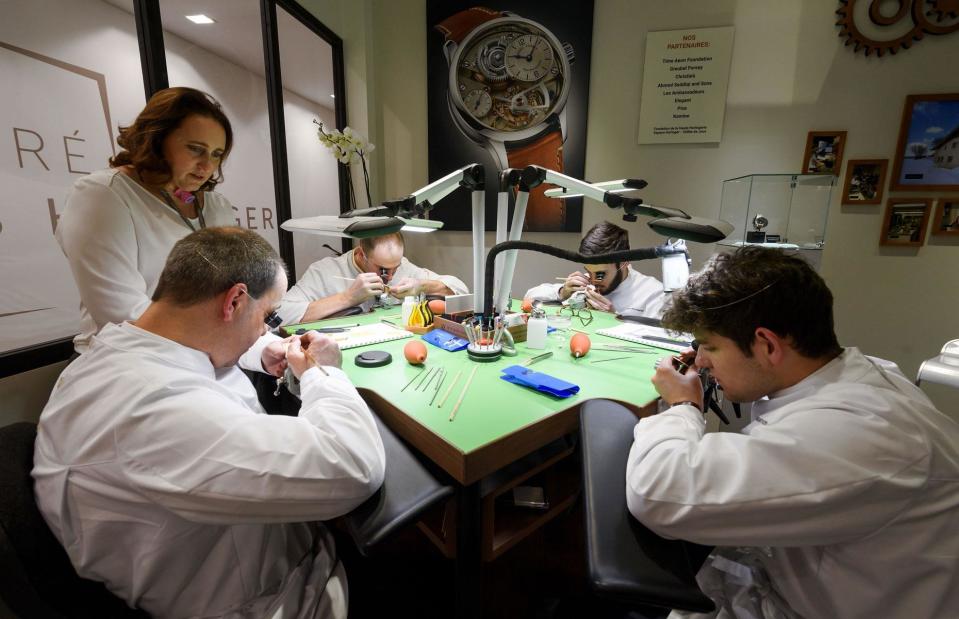
Fabrice Coffrini/AFP/Getty Images
Switzerland boasts the world's highest average salary after tax deductions – although Numbeo reports that the wealthy country is also home to the planet's second-highest living costs after Bermuda. Between the first quarter of 2022 to the same period in 2023, Swiss workers' real wages declined by 1.4%, according to the OECD, which is the largest dip seen since 1942.
However, according to Swiss union Unia, several diverse sectors – including the hotel and catering sector, hairdressing, and even vehicle bodywork – have seen pay rises that outpace inflation, with the organisation noting that "wages are once again keeping pace with inflation" in 2024.
Now discover the most, and least, unionised countries around the world

 Yahoo Finance
Yahoo Finance 